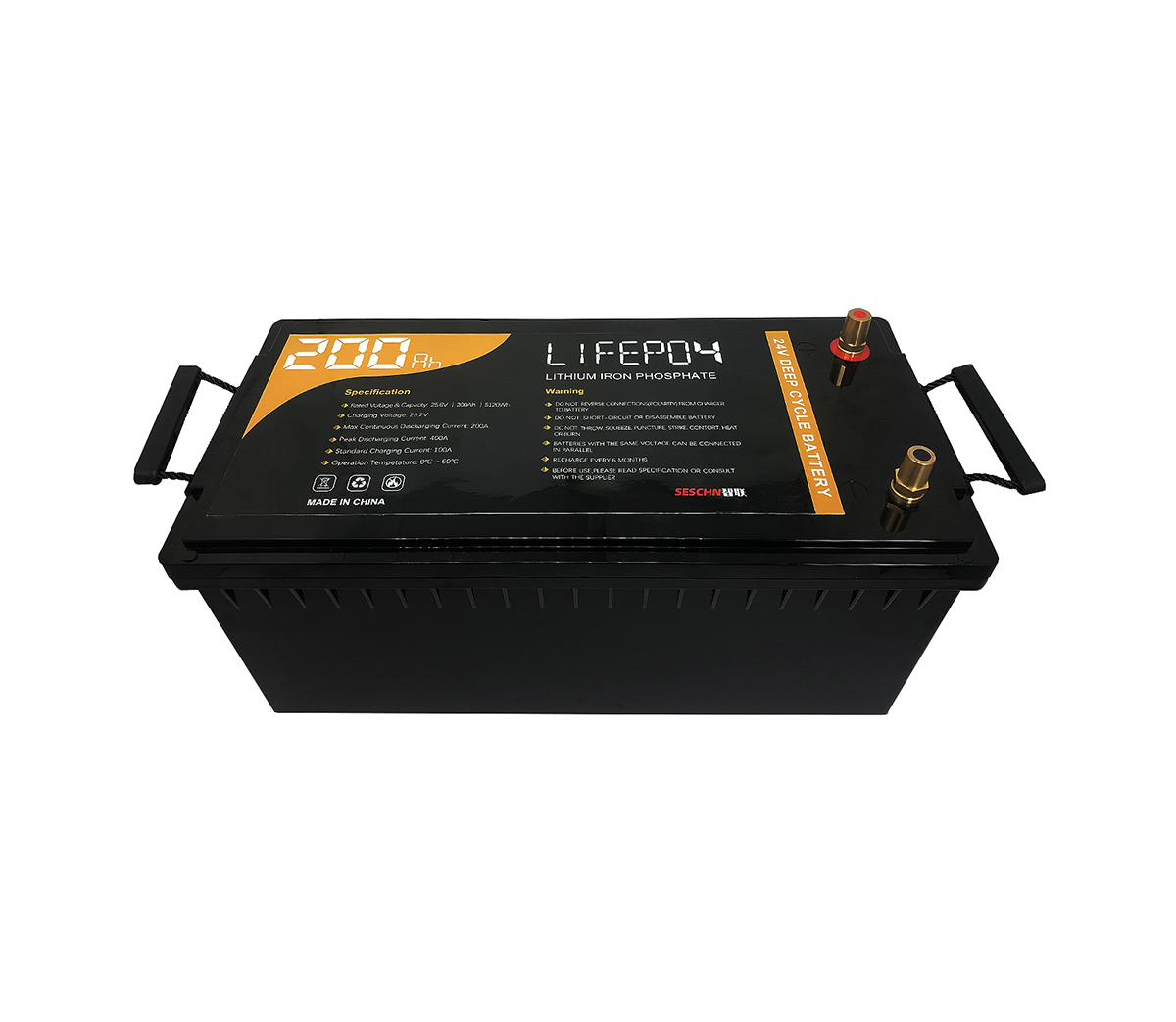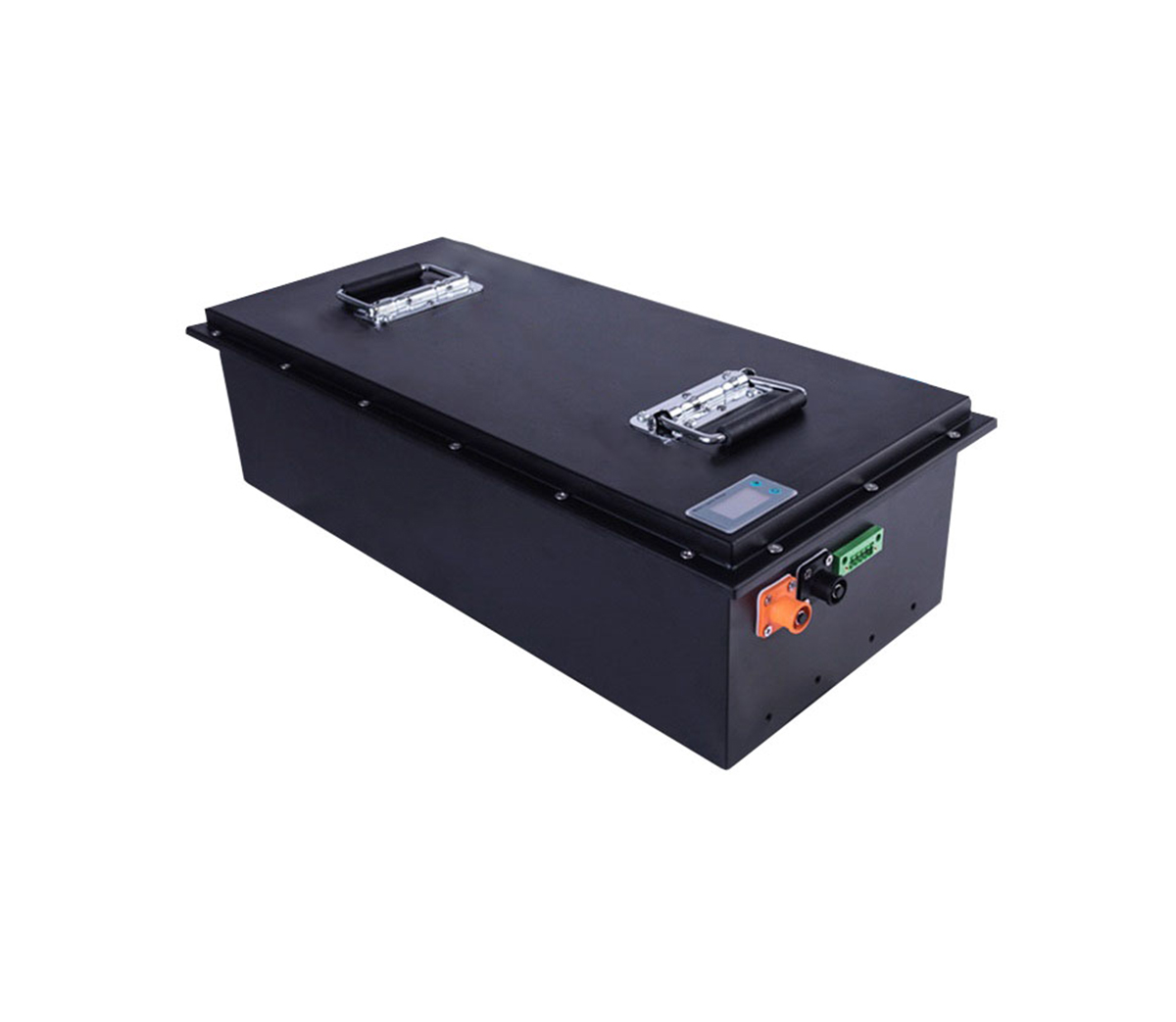
This article reviews the preparation methods of graphene, analyzes and
compares the advantages and disadvantages of various methods, and briefly
introduces the mechanical, optical, electrical and thermal properties of
graphene.
Graphene has become a research hotspot in the field of materials with its
excellent properties and unique two-dimensional structure. This article reviews
the preparation methods of graphene, analyzes and compares the advantages and
disadvantages of various methods, and briefly introduces the mechanical,
optical, electrical and thermal properties of graphene. Graphene-based composite
materials are an important research direction in the field of graphene
applications. This article describes in detail the preparation and application
of graphene polymer composites and graphene-based inorganic nanocomposites, and
specifically discusses graphene/bulk metals The preparation method of matrix
composite material and its excellent performance.
In order to make better use of these properties of graphene, researchers
have adopted a variety of methods to prepare graphene. With the advent of
low-cost chemically modified graphene, people can make better use of its
properties to prepare graphene composites with different functions. This article
will focus on the latest research progress of graphene composites, especially
bulk graphene metal matrix composites. 1. The preparation of graphene. The
preparation of graphene has gradually developed a variety of preparation methods
from the earliest mechanical peeling method, such as: crystal epitaxial growth
method, chemical vapor deposition method, liquid phase direct peeling method,
high temperature deoxidation and chemical reduction method, etc. . Researchers
in my country have carried out research work on the preparation of graphene
earlier. An overview of the research progress of graphene is shown in Table 1.
Chemical vapor deposition is a common method for preparing large-area graphene.
At present, most hydrocarbon gases (such as CH4, C2H2, C2H4, etc.) are used as
precursors to provide carbon sources, and solid carbon aggregates can also be
used to provide carbon sources. For example, Sun, etc., use chemical vapor
deposition to deposit polymer films on metal catalyst substrates. On the above,
a high-quality graphene with a controllable number of layers was prepared.
Compared with chemical vapor deposition, plasma-enhanced chemical vapor
deposition can produce single-layer graphene at a lower deposition temperature
and shorter reaction time. In addition, the crystal epitaxial growth method
removes Si by heating single crystal 6H-SiC, thereby obtaining graphene
epitaxially grown on the SiC surface. However, the surface of SiC crystal will
be reconstructed during the high temperature process, which makes the surface
structure more complicated, so it is difficult to obtain graphene with large
area and uniform thickness. The solvothermal method has attracted more and more
attention from researchers because of its characteristics that high-quality
graphene can be prepared under high temperature and high pressure closed
systems. Compared with other methods, graphene nanoribbons with no defects and a
definite structure can be prepared by organic synthesis.
"Table 1 Overview of the preparation method of graphene" "Different from
the above bottom-up synthesis method, the top-down method can increase the yield
of graphene and is easy to prepare. Such as simple and easy chemical exfoliation
method and graphite oxide reduction method, the latter has become the easiest
method to prepare graphene in the laboratory. The solvent stripping method
developed next is less toxic than the redox method and will not damage the
structure of graphene. In addition to the chemical reduction method, graphite
oxide can also be reduced to graphene by electrochemical methods, but the ratio
of C and O atoms in the graphene prepared by this method is low. In addition,
the microwave method has also been used to prepare graphene. For example, Chen
et al. first disperse graphene oxide (GO) in a mixed solvent of
NN-dimethylacetamide and water (DMAc/H2O), and then mix the reaction solution.
Microwave thermal reduction, the conductivity of graphene obtained is 104 times
that of graphene oxide. Lu Yan of the University of Science and Technology
Beijing used the arc method to prepare graphene with an open mesoporous
structure, with a specific surface area of 77.8m2/g and a mesoporosity of
74.7%, which can be used as an electrode material. 2, excellent properties of
graphene single-layer graphene and its derivatives are shown in Figure 1. It
is a two-dimensional periodic honeycomb lattice structure composed of carbon
six-membered rings with a bond length of 0.141nm. Graphene can be crimped into
zero-dimensional fullerenes, one-dimensional carbon nanotubes or stacked into
three-dimensional graphite.
2.1, electrical properties One of the most important properties of
graphene is its unique carrier properties and massless Dirac fermion properties.
The valence band and conduction band of graphene overlap at the Fermi level. It
is a two-dimensional semiconductor with a zero energy gap. The carriers can move
in a sub-micron distance without scattering. It is the material with the
smallest resistivity found so far. . The anti-interference ability of electron
transport inside graphene is very strong, and its electron mobility can exceed
15000cm2/(V·s) at room temperature. The electron mobility was found for the
first time to be close to 200,000 cm2/(V·s) [48]. The carrier mobility in
single-layer graphene is almost unaffected by chemical doping and temperature.
In addition, the half-integer quantum Hall effect of electron carriers and hole
carriers in graphene can be changed by changing the chemical potential by the
action of an electric field. Observed, and Novoselov et al. [50] observed the
quantum Hall effect of graphene at room temperature. Burghard et al. found that
the conductivity of the chemically reduced multilayer graphene oxide flakes is
between 0.05-2S/cm, and the field-effect mobility at room temperature is
2~200cm2/(V·s). Concluding remarks Graphene has become a research hotspot as
soon as its excellent properties appear. Its preparation process has gradually
developed from the earliest mechanical peeling method, such as: chemical vapor
deposition, redox method, liquid phase peeling method, crystal epitaxial growth
method, etc. It is a kind of preparation method, but the preparation of large
quantities, low-cost and high-quality graphene is still a focus of future
graphene preparation research. At present, the research of graphene composite
materials mainly focuses on the application research of graphene polymer
materials and graphene surface loaded inorganic nanoparticles and its catalysis,
biosensors, spectroscopy and other fields, while the research of bulk graphene
metal matrix composite materials Relatively few, the excellent reinforcement
effect of graphene and its unique interface with the metal matrix will make this
type of composite material a research hotspot for graphene composite materials
in the future.



































